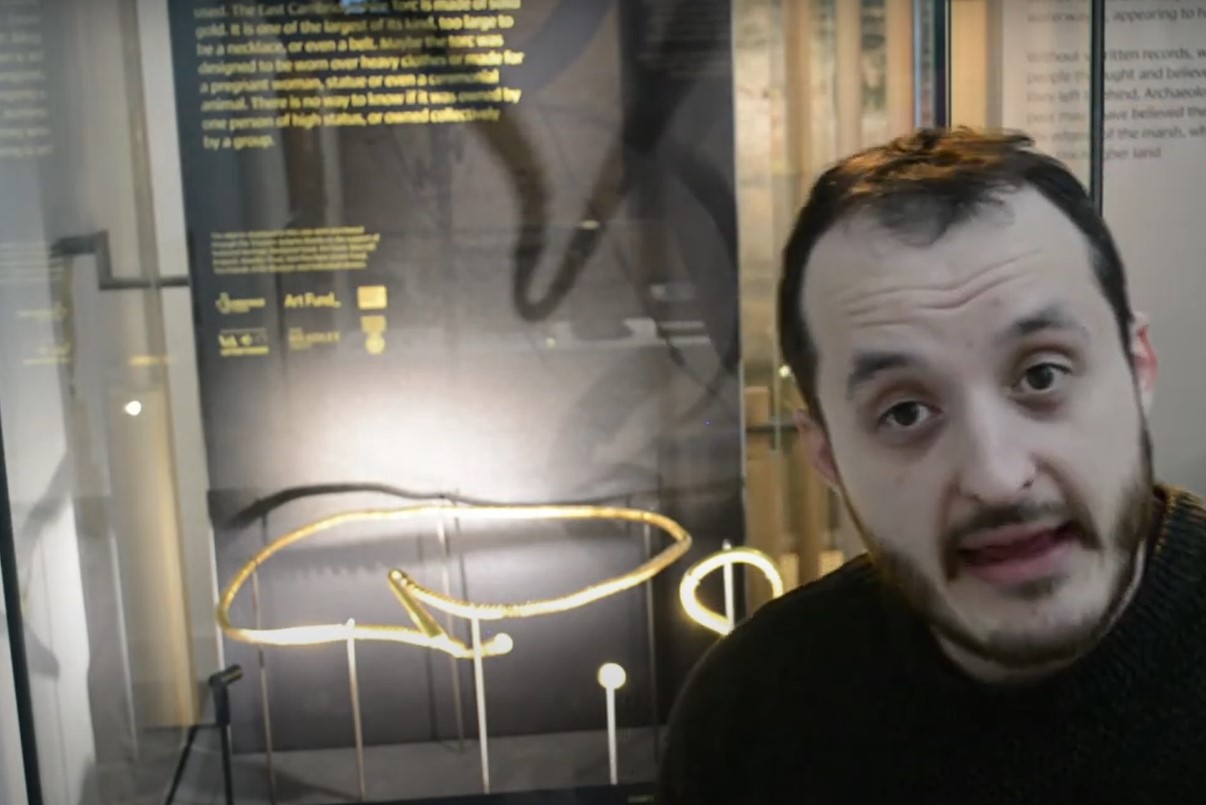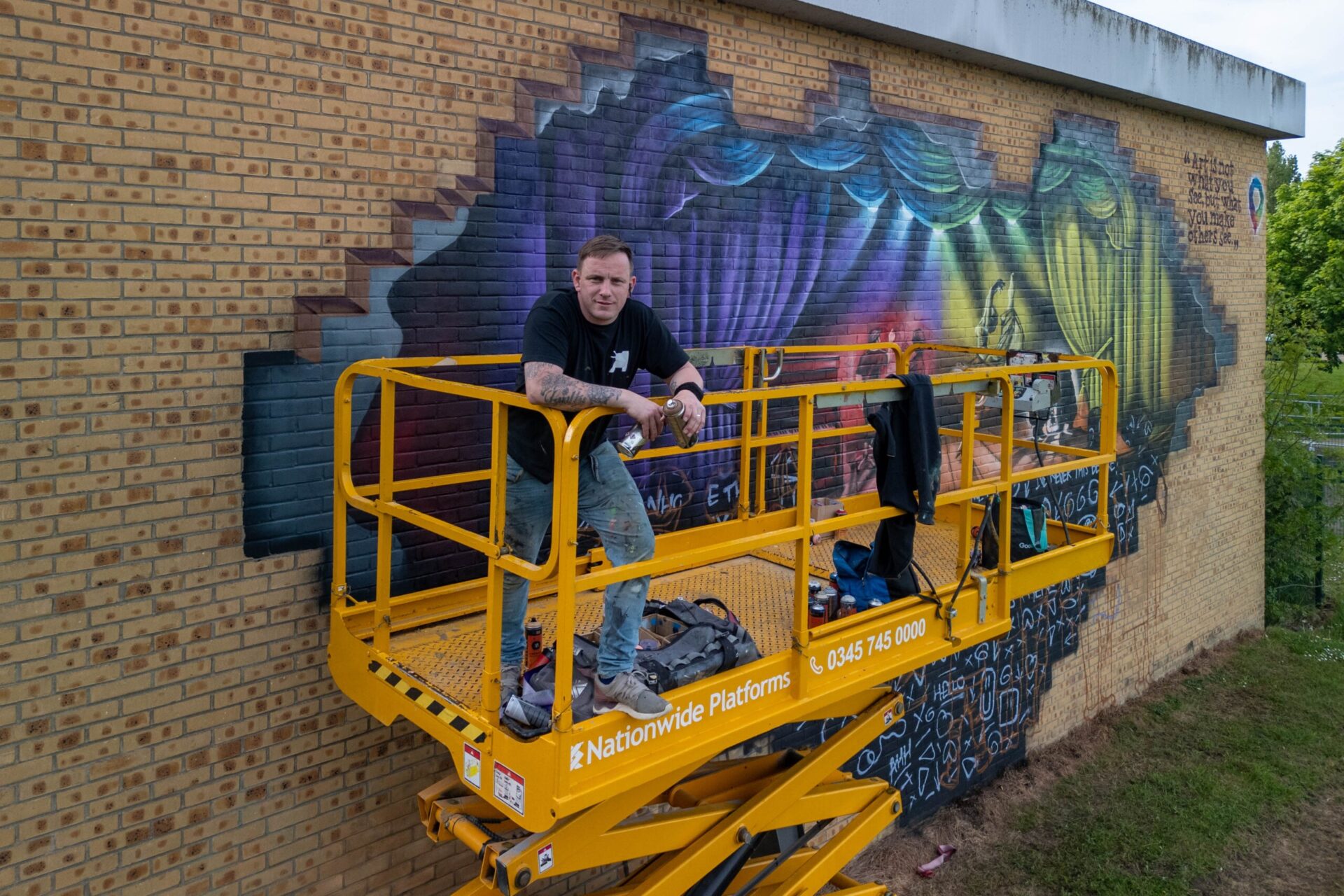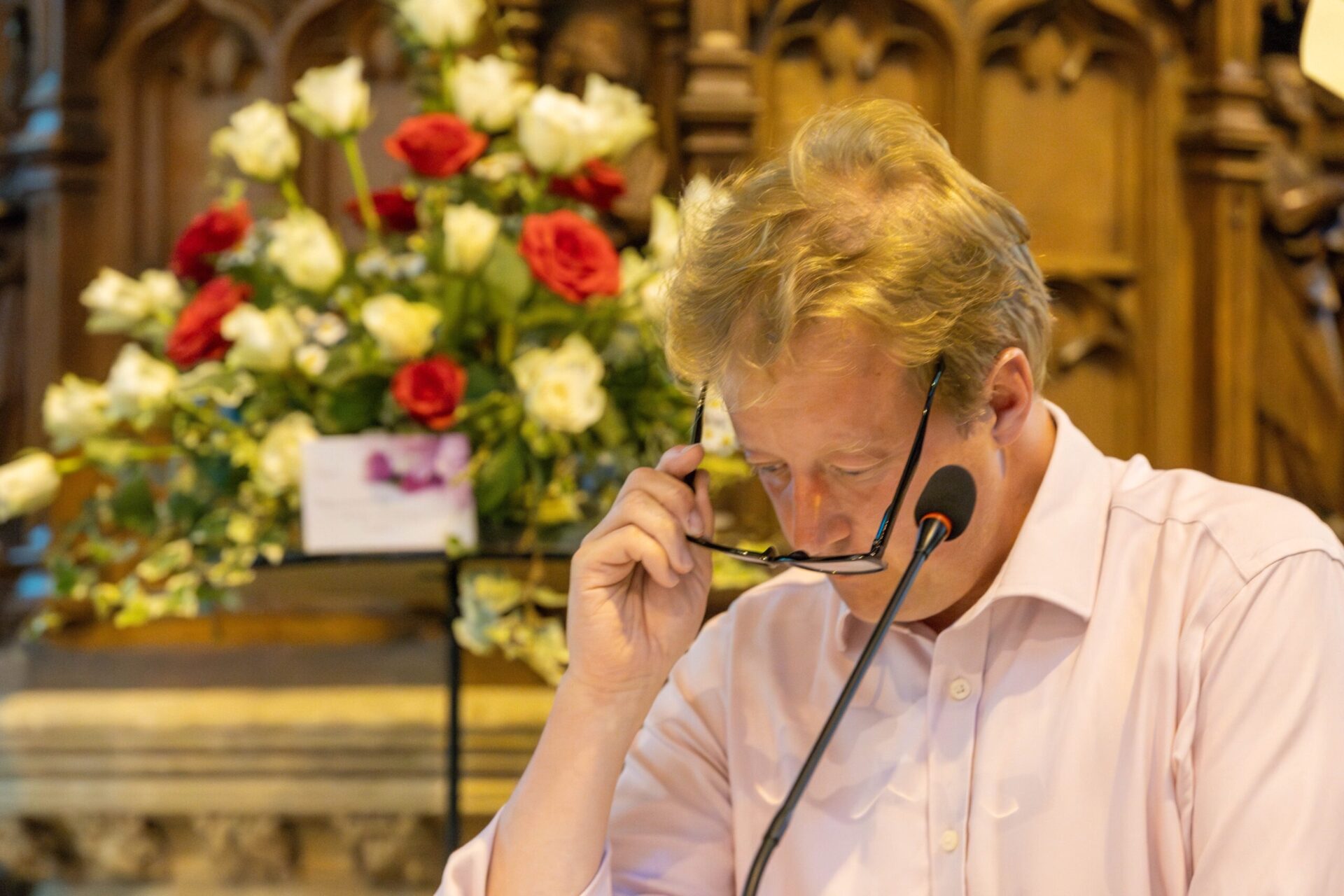“We are here for the people of Cambridgeshire 24 hours a day” police in East Cambridgeshire posted to their Facebook page on Tuesday morning, not realising that a 1-minute walk from Ely Police Station the city was facing the equivalent of the ‘Great Train Robbery’.
449.5ft away, to be precise, staff arriving for work at Ely Museum found its precious and most revered item – a Bronze Age gold torc – had been stolen.
For some hours confusion reigned. The museum posted to their website that it was closed “due to unforeseen circumstances” and “are sorry for any inconvenience and disappointment”.
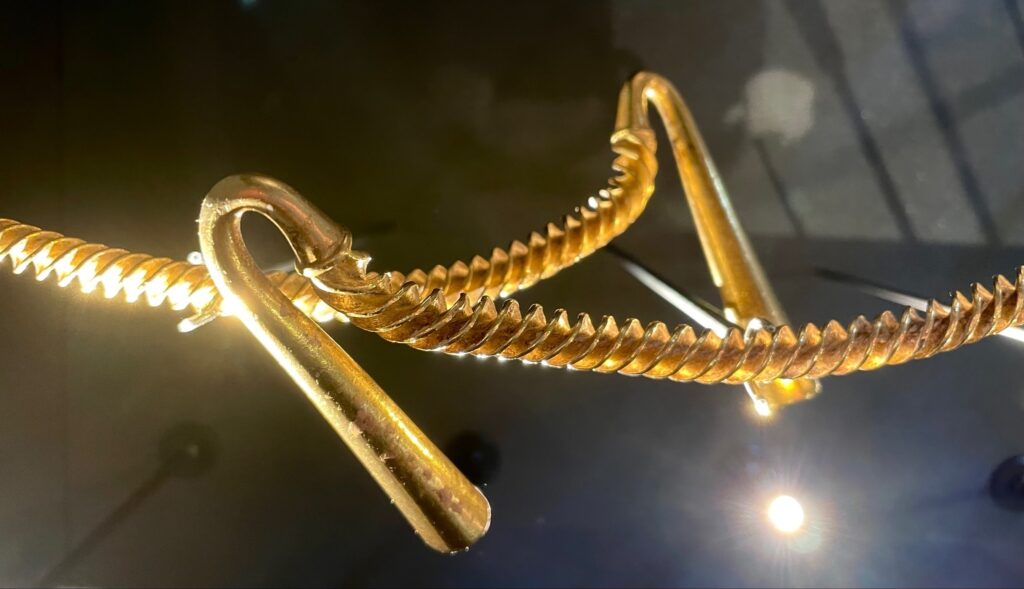
No mention of the theft of a remarkable Middle Bronze Age twisted gold bar torc made of 730 grams of almost pure gold, discovered in East Cambridgeshire in 2015, and one of the largest ever found in Britain, Ireland, or the near Continent.
https://youtu.be/LlMzsowdOGE?si=WCCSo8Zo0IsjHHx8
By mid-afternoon, rumours had begun to spread of what had become ‘The Great Torc Robbery’ and a tip off to CambsNews prompted an inquiry to Cambridgeshire Police after a quick check showed no mention of it on either the museum website or on the Policing East Cambridgeshire Facebook page.
“Do you have any updates on a break in today (around 4am) at Ely Museum? I am told among the items stolen, some were gold,” I asked the media team at Cambridgeshire Police.
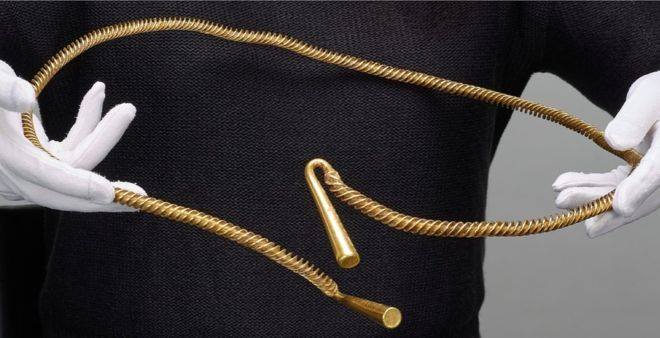
At 3.39pm I received the response that “we are planning something together with the museum – and hope it will be released by the end of today or tomorrow morning”.
At 3.50pm, clearly aware the news was ‘out there’, the museum hastily issued their own press release prematurely.
And in the process caught Cambridgeshire police off guard since the museum statement omitted a key piece of information.
Which was duly provided in the words of Detective Inspector Kiri Mazur who revealed they were looking for two suspects on e-scooters who are believed to be involved in the burglary.
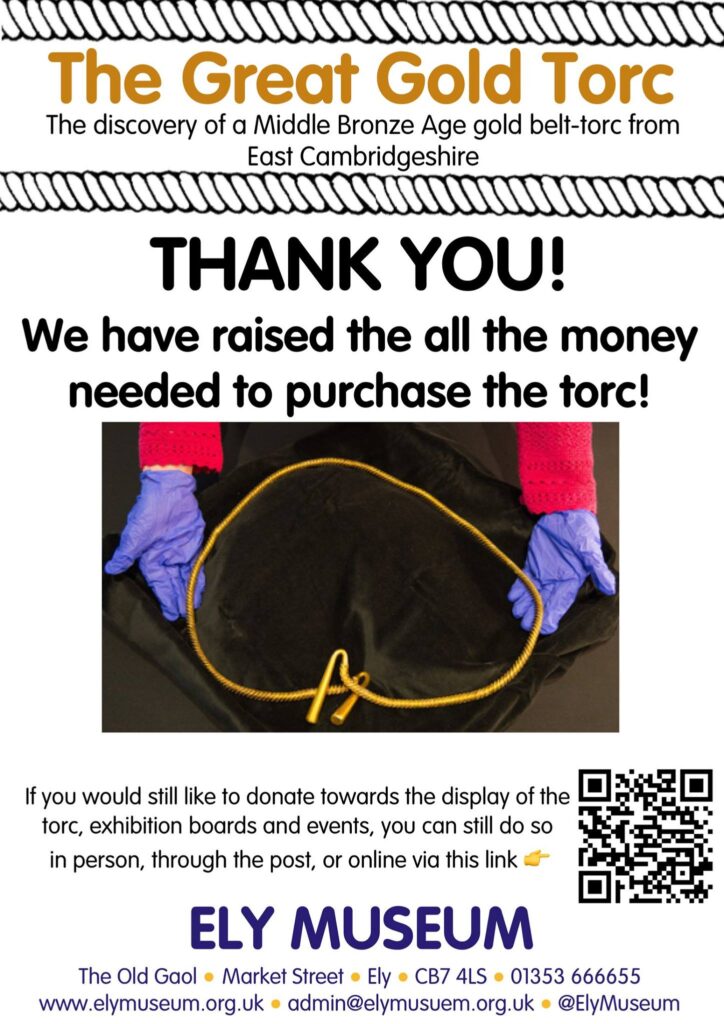
She said: “The theft of these items is despicable, and we are focused on identifying the offenders, tracing the items, and returning them to their rightful place. We are working closely with staff at Ely Museum to follow all lines of enquiry.
“I am very keen to hear from anyone who may be able to provide information or saw two people on e-scooters who were in the vicinity the museum, car park and pedestrian walkways at the back of the museum, the council offices and the Grange Car Park, between 12am and 2am on (Tuesday 7 May).”
No CCTV has yet been released to help find the culprits, but Cambridgeshire police said this afternoon that “there may be some later today or tomorrow”.
Meanwhile the hunt for the burglars goes on for the gold torc which is made from an x-shaped gold bar and according to experts “twisted with great skill and consistency. At the ends of the metal bar are two ‘trumpet’ shaped terminals. They were fixed with such skill that it is impossible to see how they were attached”.
Museum historians have previously concluded the torc is too large to be a necklace, or even a belt.
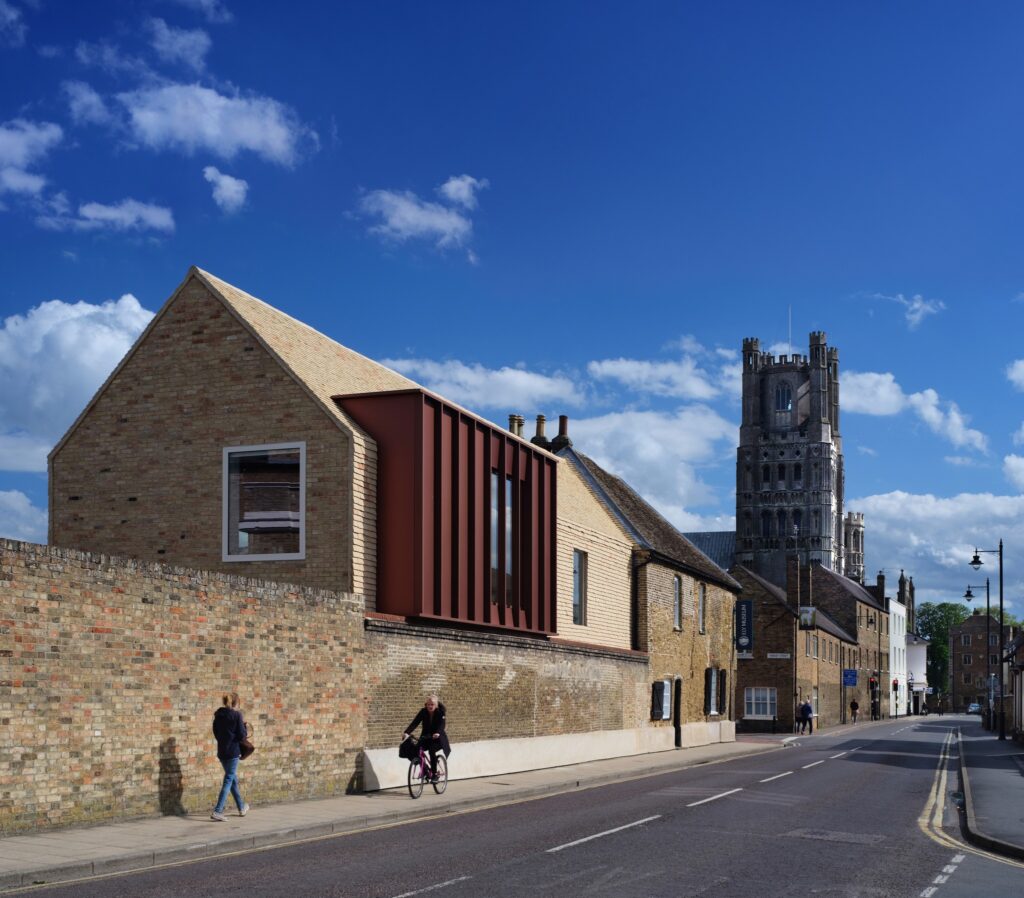
“Without written sources, we can only speculate how the torc was used,” one of their experts said.
“Perhaps it was designed to be worn over heavy clothes or made for a pregnant woman, a statue, or even a ceremonial animal. There is no way to know if it was owned by one person of high status or owned collectively by a group.”
Dr Neil Wilkin of the British Museum once spoke locally to highlight the skill required to make this spectacular item, compared it to other examples from across Britain, Ireland, and France and considered where the torc fits into the story of the Bronze Age, with special mention of the way fashions and ways of dressing the body changed over the course of 1,500 years.
In the spring of 2017, the museum began the task of raising the £220,000 needed to purchase the torc, and public fundraising began.
The museum says it would not have been possible to acquire it without generous grants and individual donations: it went on public display in October 2017
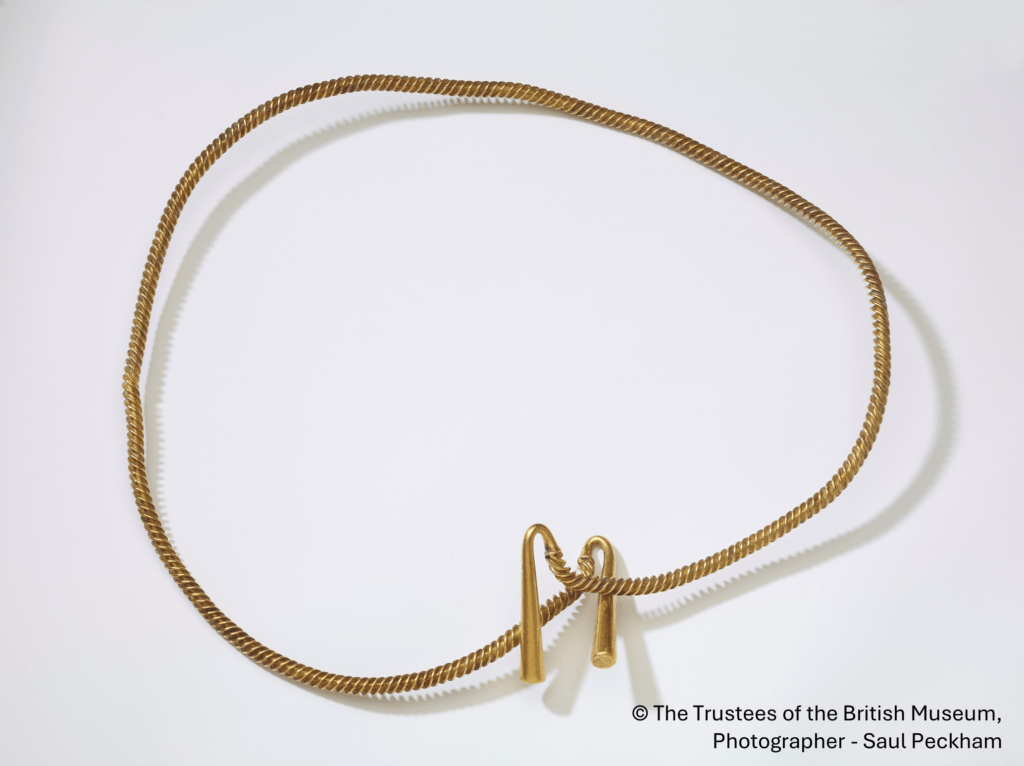
The intruders got away not only with the torc but also a gold bracelet, both dating from the Bronze Age.
But the torc is where the money is. It measures 126cm and weighs 730g of almost pure gold.
It was found in Cambridgeshire by a metal detectorist in 2011 in a field.
Elie Hughes, curator at Ely Museum said: “We are devastated by the loss to the museum and to the local heritage of the region. It is a huge blow after the incredible support from the community in acquiring the torc in 2017.
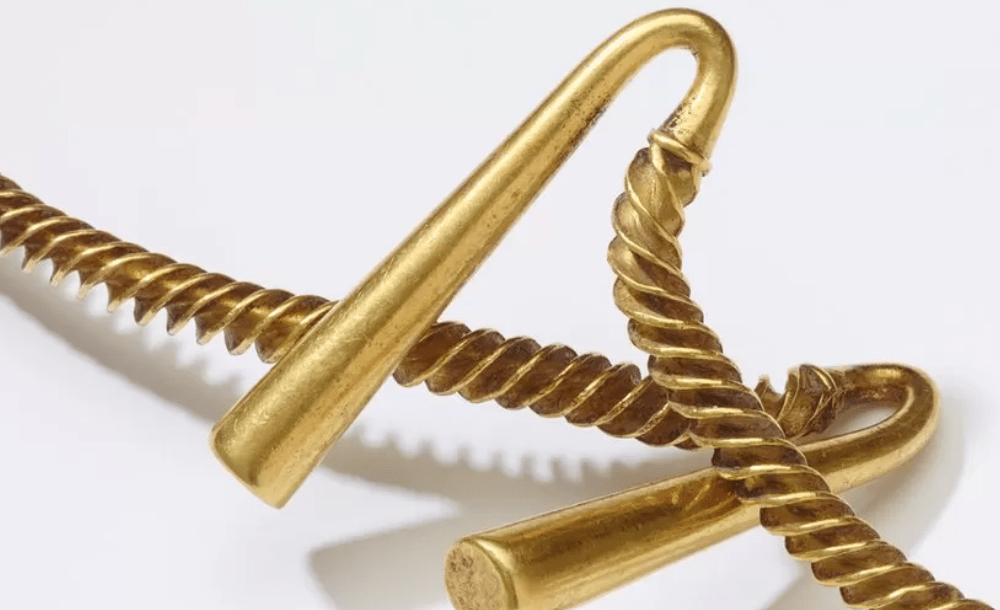
“As a culturally significant object, it cannot be replaced. Our priority now is working with the police to locate the stolen objects.”
Anyone who has any information is urged to contact police via their web chat service quoting Operation Lacunar or call 101 if you do not have internet access or call Crimestoppers anonymously on 0800 555 111.


